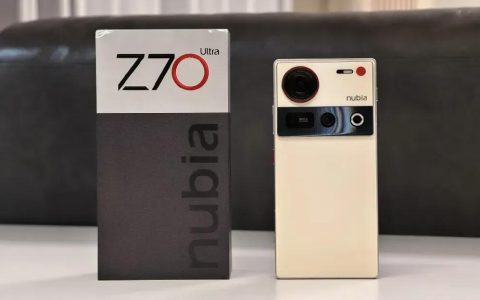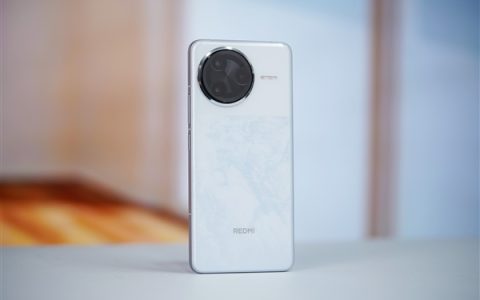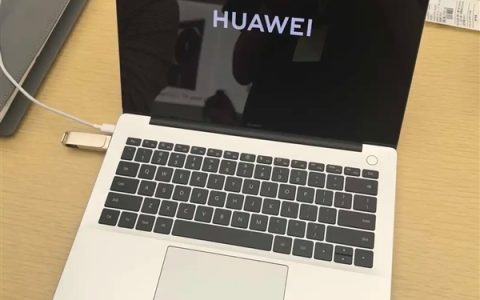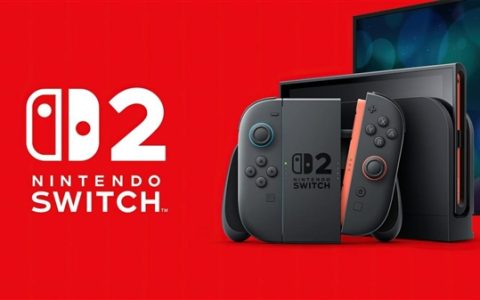How durable is a foldable smartphone?
1. Technical Maturity and Durability
- Hinge Lifespan and Impact Resistance
Leading brands now use advanced hinge designs to achieve over 200,000 folds. For example, Samsung’s Galaxy Z Fold series incorporates aerospace-grade alloy hinges and Ultra-Thin Glass (UTG), while OPPO’s Find N series features carbon fiber hinges for minimal creasing. Waterproofing (e.g., IPX8) and reinforced materials (like Armour Aluminium) also enhance daily durability. - Scratch and Drop Resistance
Inner screens on models like Huawei Mate X and Honor Magic V show minor scratches in denim rub tests, while outer screens use ultra-tough glass similar to traditional phones. OPPO Find N demonstrates strong structural integrity in simulated drop scenarios.
2. Screen Crease and Display Quality
- Crease-Reduction Technologies
Samsung’s Galaxy Z Fold series uses waterdrop hinge designs to narrow and flatten creases. Huawei and OPPO adopt distributed crease layouts for smoother visuals. Early models (e.g., Xiaomi MIX Fold) had more noticeable creases. - Display Performance
Most foldables feature 120Hz refresh rates and 2K resolution. Samsung’s Dynamic AMOLED screens excel in color accuracy, while Huawei’s foldables prioritize eye comfort with high-frequency PWM dimming.
3. Software Optimization and Multitasking
- OS Adaptations
Huawei/Honor: Parallel View supports split-screen for top apps, ideal for productivity.
Samsung: Flex Mode enables triple-app multitasking; DeX mode offers PC-like functionality.
OPPO/Xiaomi: Free drag-and-drop split-screen and PC modes suit creative workflows, though some apps still face scaling issues. - Ecosystem Compatibility
Chinese brands (e.g., Huawei, OPPO) lead in app optimization for local markets. For instance, WeChat on Honor Magic V allows split-screen reading, while Samsung struggles with certain global apps.
4. Foldables vs. Traditional Phones
- Advantages
- Large-Screen Efficiency: Multitasking (e.g., 3 apps running simultaneously) boosts productivity.
- Portability: Models like vivo X Fold weigh under 220g, rivaling slab phones.
- Drawbacks
- Battery Life: Dual-screen usage drains batteries faster than traditional flagships.
- Camera Limitations: Smaller camera sensors (vs. slab phones like Huawei P60 Pro) reduce imaging quality.
5. Price and Value
- Horizontal Foldables
High end market: Samsung Z Fold 6 (about 10000 yuan) and Huawei Mate X5 (12000 to 15000 yuan) are mainly focused on business flagship.
Cost effective options: Honor Magic Vs (starting from 7999 yuan), Xiaomi MIX Fold4 (starting from 6999 yuan) offer configurations close to flagship at mid-range prices - Vertical Foldables
Entry-level options like Motorola Razr and Samsung Z Flip series cost under $800 but sacrifice performance.
6. Who Should Buy a Foldable?
- Ideal Users
- Business professionals needing multitasking and productivity tools.
- Tech enthusiasts seeking cutting-edge design.
- Media consumers prioritizing immersive viewing.
- Buying Tips
Prioritize models with mature hinges (e.g., OPPO Find N, Samsung Z Fold) and robust software (e.g., Huawei Mate X). For portability, consider vivo X Fold or vertical foldables; budget buyers should explore Xiaomi MIX Fold.
Foldables are transitioning from niche gadgets to practical devices. While 2025 may bring broader adoption, improvements in durability (e.g., screen protector longevity) and ecosystem integration are still needed.
原创文章,作者:xqunar,如若转载,请注明出处:https://www.xqunar.com/100/











